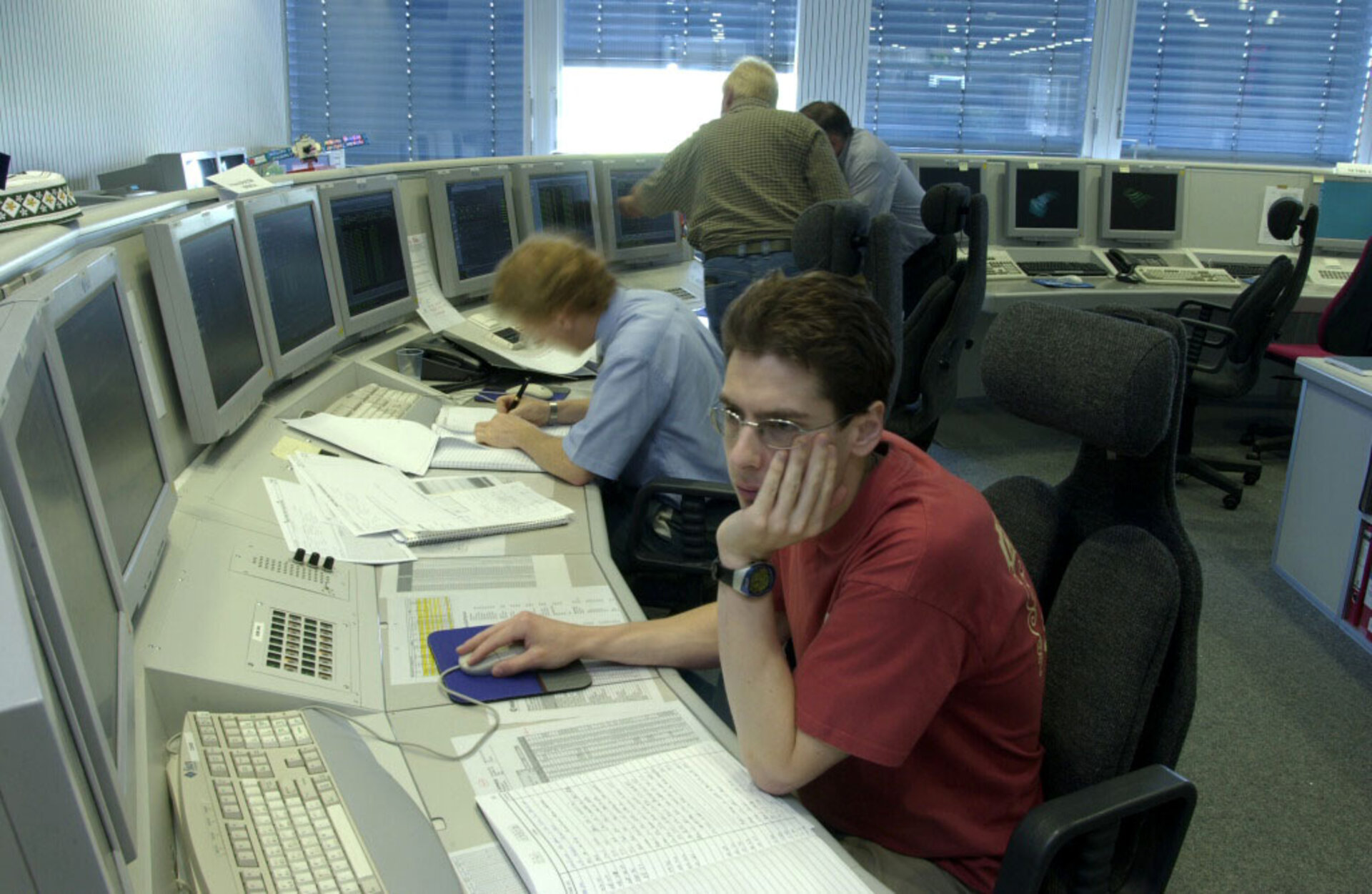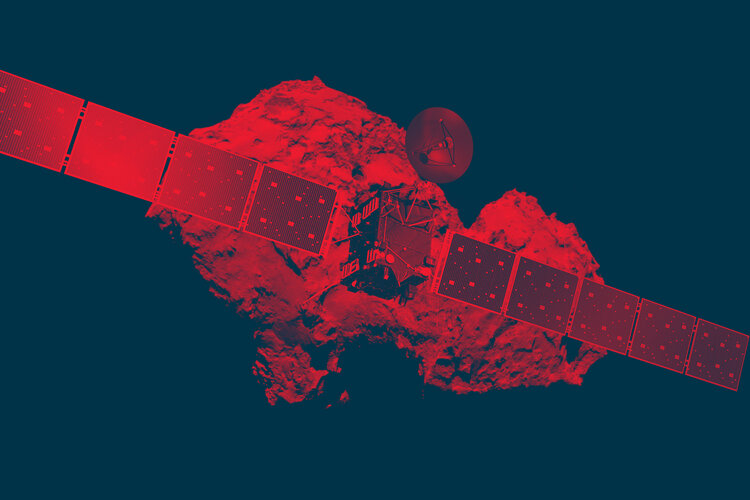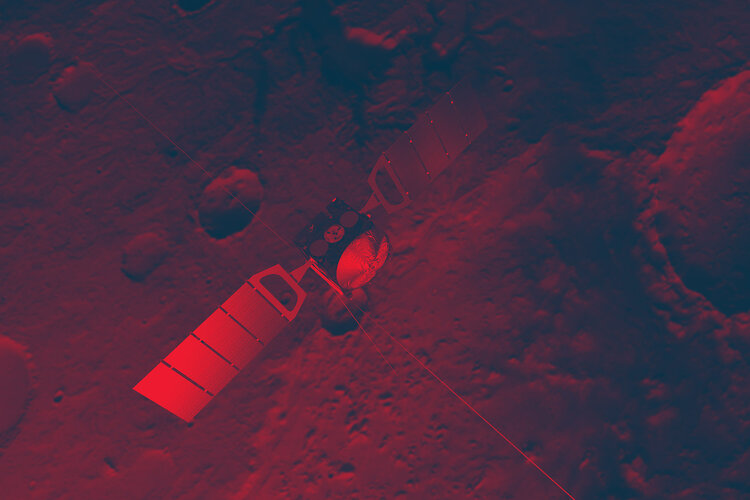ESOC symposium highlights smarter, cheaper space operations
"Reducing costs and increasing efficiency are important not only for ESA but also for agencies worldwide," says Paolo Maldari, chairman of a four-day ESOC symposium on cost reduction attended by the international space community to share lessons learned and best practices. Not surprisingly, some of the best examples came from ESA itself.
Maldari was speaking at the closing of the 6th International Symposium on Reducing the Cost of Spacecraft Ground Systems and Operations (6th RCSGSO), which ended today at ESOC, ESA's Space Operations Centre, in Darmstadt, Germany. The symposium was attended by some 150 scientists, engineers and managers from space agencies, research institutes and industry worldwide, including Europe, Japan and the Americas.
How to work with crunched budgets
Spacecraft operators everywhere are feeling pressure as budgets become tighter, missions become more complex and the need to provide tangible benefits becomes more acute. The result is a growing movement in the space community to identify and implement systematic cost reductions while achieving enhanced scientific research and improved payback in areas including environmental monitoring and telecommunications.
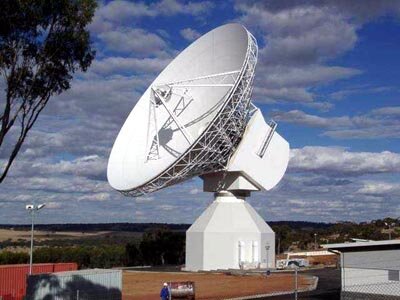
Speaking during the symposium's welcome address, Gaele Winters, ESA's Director of Operations and Infrastructure, pointed to the decision, taken in the early 1990s, to build the agency's ESTRACK worldwide ground station network based on the concept of unmanned, remote operation and central control managed from ESOC as a strong example of cost efficiency.
Winters also cited ESA's decision to develop common and reusable components of the ground segment which can be used to support a large variety of space missions.
"Cost reduction and increased efficiency in ground segment developments and mission operation remain key factors for future mission support. Keywords in this area include international cooperation and network interoperability, synergy between different applications using similar backbone developments and automation," said Winters.
ESA assets: 'family' concept & reuse of mission components
Several presentations from ESA attendees detailed significant cost reductions and operational efficiencies achieved at the agency by reusing major portions of the ground control software on three of ESA's flagship deep-space missions, Rosetta, Mars Express and Venus Express.
These three comprise a 'family' of satellites based on the same spacecraft 'bus' — essentially the spacecraft minus the specialised science instruments, which are customised for each separate mission.
"I think one of the top examples of cost savings was the decision to implement the 'mission family' concept," says Maldari, who works at ESOC as the Ground Segment Manager for ESA's LISA Pathfinder mission.
ESA not alone in cost reduction
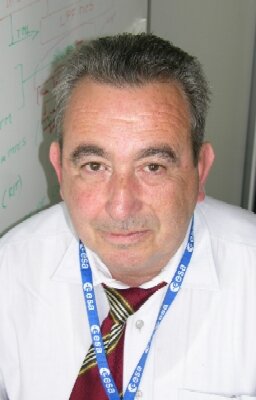
Other presentations covered cost-reduction research efforts at NASA/JPL and the Japanese Space Agency (JAXA), among others.
These include the ongoing development of automated and robotic control systems; for example, the "Robonaut" and Autonomous Sciencecraft Experiment (ASE) at the Johnson Space Centre and JPL, respectively, and automatic monitoring, diagnostic and reporting systems being developed at JAXA and the French Space Agency, CNES.
ESA is also looking at automated systems, focusing on the extensive — and expensive — testing that all missions must undergo before launch.
Maldari, for one, believes that automation of pre-launch system testing is a promising area for cost reduction. "Testing can easily account for 40 or 50 percent of mission development costs," says Maldari, "so if automated tools can be developed, the savings could be significant."
6th RCSGSO: setting the stage for 2007
Symposium speakers from ESA also covered topics including ESA's MUSIC project, aimed at migrating to a unified service for informatics and communication; the development of MAPS, a multimission analysis tool for Earth observation satellites; and, the MUST (Mission Utility & Support Tool) software developed as part of ESOC's ongoing efforts to field lower-cost advanced technology in support of mission operations.
Many of the 138 registered attendees expressed satisfaction with the symposium.
Maldari said he hopes that the next RCSGSO event, to be held in 2007 at Moscow's Space Research Institute, includes additional attendees from industry and other commercial satellite operators. "We hope to get participants from India and China," he says; "they, too, have to save money to realise their ambitions in space."


